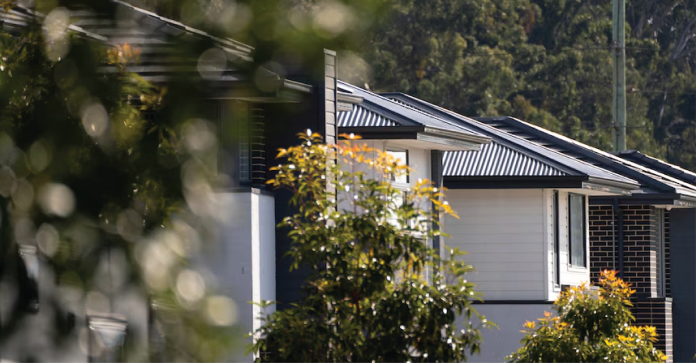A growing generational divide in Australia has been significantly exacerbated by the interplay of rising interest rates and an increasingly unaffordable real estate market, according to recent economic analyses. This rift, rooted in wealth disparity, has drawn sharp contrasts between older and younger Australians, sparking widespread concern about the country’s economic future.
Historically, Australia’s housing market was relatively balanced, with property prices aligning closely with wage growth. However, this equilibrium began to deteriorate in the late 1990s when deregulation allowed Australian banks to tap into offshore wholesale markets. The influx of capital triggered a dramatic surge in house prices, far outpacing income growth. By the early 2000s, the affordability of homes had plummeted, forcing younger Australians to borrow significantly more—often six to seven times their annual income—to purchase a home.
This shift has had profound implications. As interest rates remained low for decades, homeownership seemed attainable for many. However, the recent reversal, with the Reserve Bank of Australia (RBA) implementing 13 consecutive rate hikes, has left newer homeowners struggling to manage their mortgage payments. Those who bought properties in the last four years are particularly vulnerable, facing the dual pressures of rising loan repayments and stagnant wage growth.

Compounding the issue, older Australians, who have benefited from decades of property appreciation, are spending their accumulated wealth at a time when younger generations are tightening their belts. This spending pattern has frustrated the RBA’s efforts to curb inflation and slow economic demand, creating a stark contrast between the financial realities of different age groups.
Australia’s unique reliance on variable-rate home loans, coupled with the country’s high household debt—now the second highest in the world at 112% of GDP—has intensified the impact of these rate hikes. Unlike other developed nations, where fixed-rate loans buffer households from immediate financial shocks, Australians feel the pinch more acutely.
As the generational divide continues to widen, it is clear that the economic landscape in Australia is becoming increasingly polarized. With younger Australians bearing the brunt of rising costs and diminishing opportunities, the need for targeted economic policies to bridge this gap has never been more urgent.


